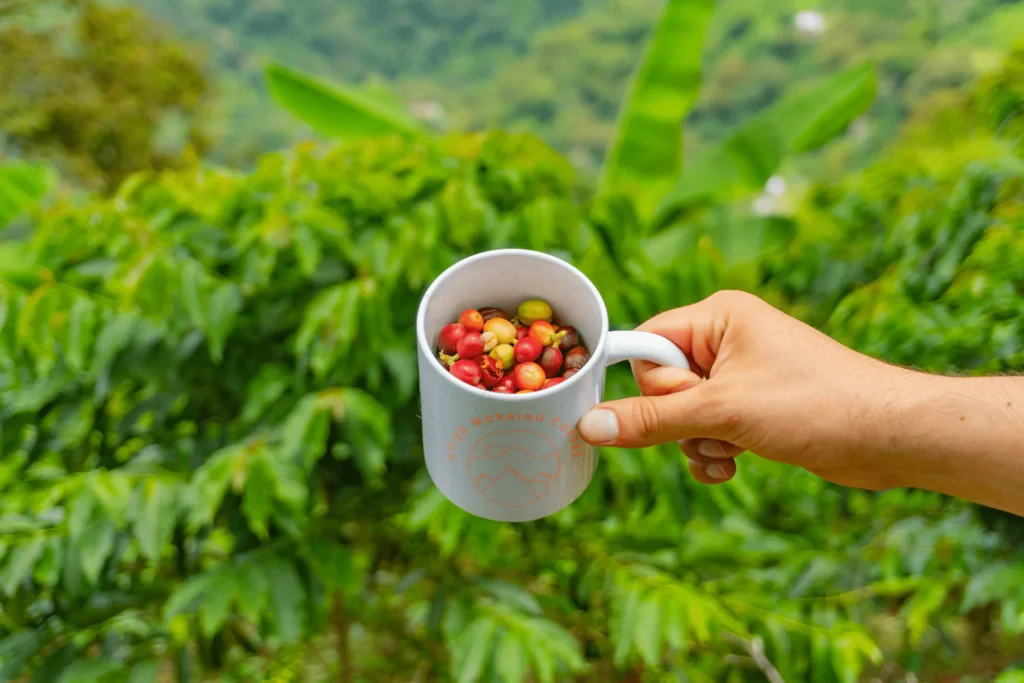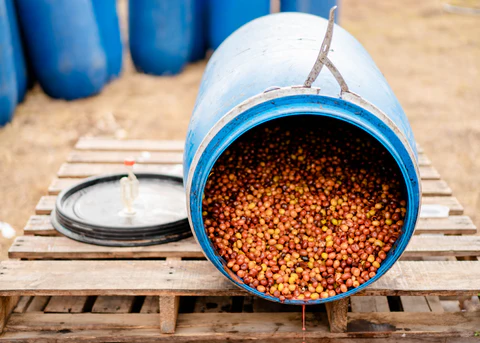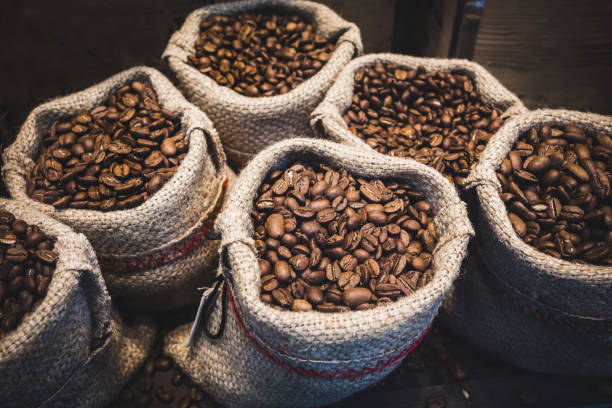Africa is the ancestral home of coffee, and it produces some of the most complex, aromatic, and flavorful beans in the world. Yet many espresso drinkers shy away from African coffees, fearing they’ll be too acidic, too light-bodied, or too unpredictable under pressure. The truth? African coffees can produce some of the most exciting espresso shots you’ll ever pull—if you know how to work with them.
In this article, we’ll explore how African origins like Ethiopia, Kenya, Burundi, and Rwanda behave in espresso and why they’re worth embracing for their brightness, floral intensity, and clarity.

Why African Coffees Get a Bad Rap in Espresso
African coffees are often misunderstood in the espresso world for a few reasons:
• High perceived acidity (citrus, tart berries)
• Delicate body (can seem “thin” compared to Brazil or Sumatra)
• Roasting challenges (harder-to-develop flavor)
• Dial-in sensitivity (more difficult to extract evenly)

But these are challenges—not limitations. With attention to detail, African coffees can elevate espresso to a level of vibrancy and nuance few other origins can match.
African Coffee Regions with Espresso Potential
Ethiopia
• Washed: jasmine, citrus, tea-like
• Natural: blueberry, strawberry, honey
• Espresso Style: High clarity, fruit-forward, best as straight shot
Kenya
• Flavor: Blackcurrant, grapefruit, tomato, floral
• Espresso Style: Bright, winey, juicy—amazing when dialed in

Rwanda
• Flavor: Cherry, brown sugar, hibiscus
• Espresso Style: More balanced acidity, creamy mouthfeel
Burundi
• Flavor: Plum, fig, red apple
• Espresso Style: Soft acidity with structure—underrated and versatile
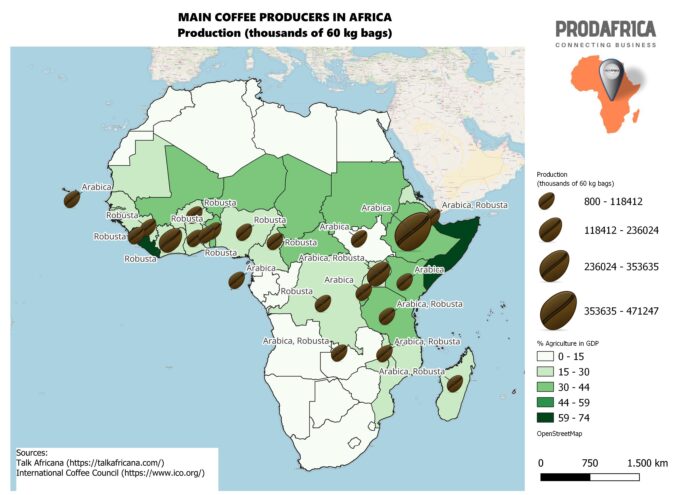
Credits to ProdAfrica Business Directory
Image 4: Map of Africa showing key coffee origins with flavor tags
How African Coffees Translate to Espresso

Strengths:
• Floral complexity unmatched by most regions
• Fruit-forward profiles that pop in straight shots
• Crisp acidity that enhances brightness
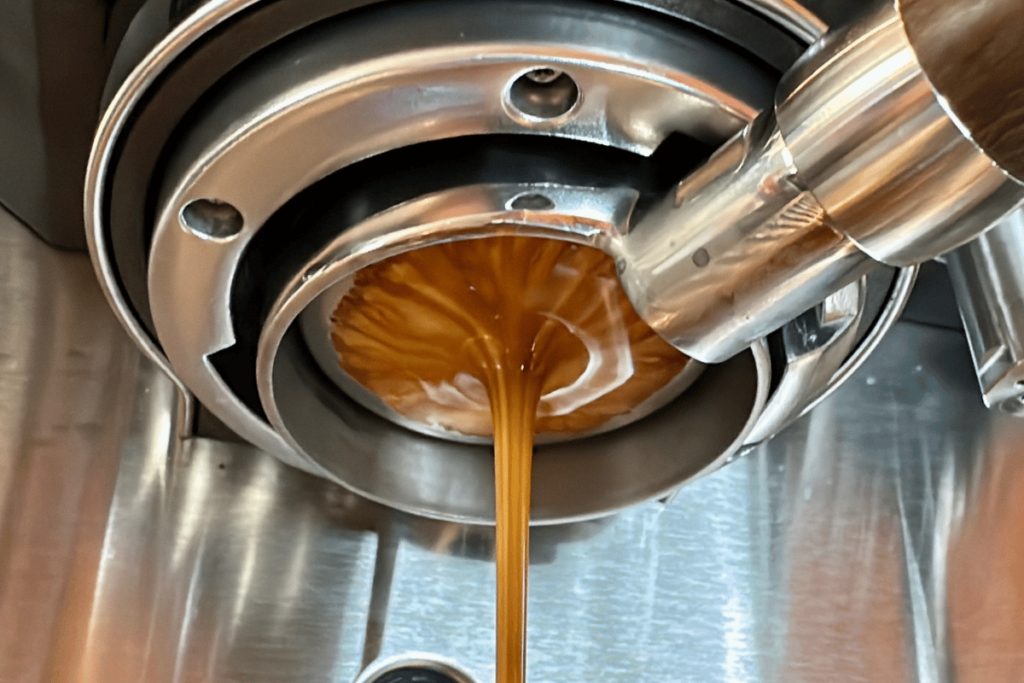
Challenges:
• Low body may not hold up in milk
• Easier to under-extract due to density and roast level
• Not beginner-friendly when dialing in
Best Uses for African Coffees in Espresso
Single-Origin Showcases
• Perfect for espresso flights, signature drinks, and educational menus
• Appeals to adventurous drinkers who seek nuance and vibrancy
Accent Bean in Blends
• Use 10–25% African origin in a blend to add brightness or floral lift
• Common pairing: Brazil base + Ethiopia lift or Sumatra body + Kenya spark
Roasting African Beans for Espresso
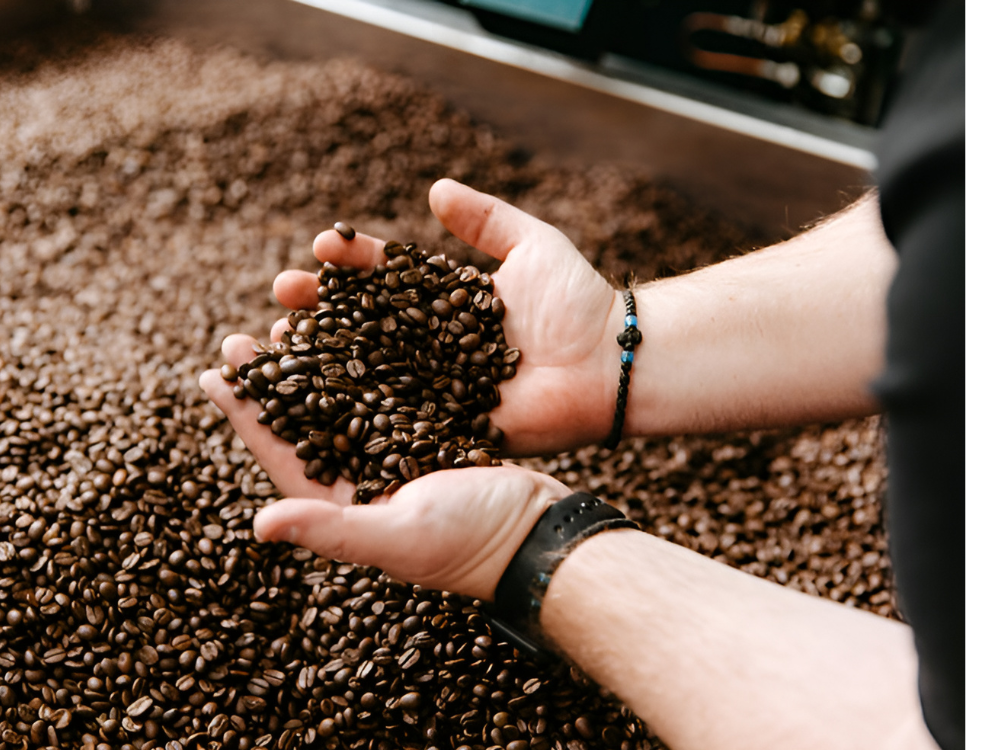
Credits to Perfect Daily Grind
Tips:
• Aim for medium or medium-light roast—don’t go ultra-light
• Extend development time to soften acidity and increase solubility
• Maintain aromatics without sacrificing body

Dialing In African Coffees for Espresso
Suggested Recipe Framework:
• Dose: 18g
• Yield: 38g
• Time: 30–35 seconds
• Temp: 201–203°F
• Pre-infusion: Yes—helps soften acidity and improve sweetness
Extraction Watchpoints:
Issue Cause Fix
Sour/tart Under-extracted Finer grind, increase time
Flat or dull Over-roasted or over-extracted Lighten roast, reduce yield
Thin body Bean origin/nature Pair with fuller-bodied beans if desired

When to Serve African Coffee as Espresso
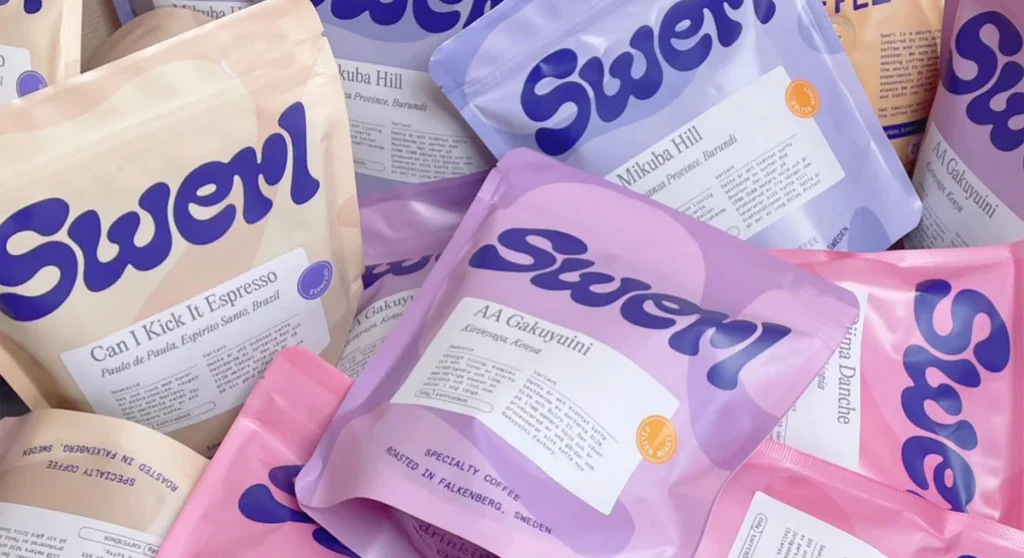
Perfect For:
• Espresso purists
• Seasonal or rotating origin menus
• Signature café drinks with floral or fruit pairings
• Black espresso drinkers who want something beyond chocolate and nut
Final Thoughts: African Coffees Bring Energy to Espresso
African coffees challenge espresso norms — in the best way possible. With vibrant acidity, layered aromatics, and exciting complexity, they offer espresso drinkers a window into the most expressive side of coffee.
If you’re willing to explore, African origins will reward you with espresso that feels alive.

Written by Jose Luis Surjan
Espresso & Latin Food Expert
Disclosure: Our blog contains affiliate links to products. We may receive a commission for purchases made through these links. However, this does not impact our reviews and comparisons. We try our best to keep things fair and balanced, in order to help you make the best choice for you.

